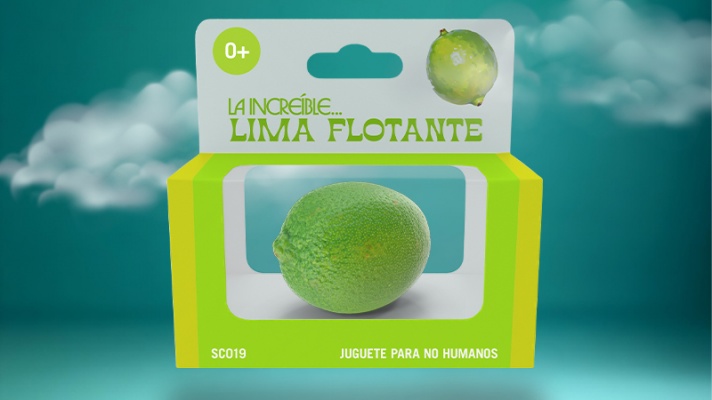Descripción de la Exposición
Picasso: the Sculpture, which will open on October 24 at the Galleria Borghese, is the first exhibition in Italy dedicated to Picasso’s sculpture, and aims to continue the investigation of the concept of sculpture that the Museum has been carrying out for many years. It will take place in one of the city’s leading museums, thus creating an exceptional and creative dialogue. Conceived as a journey through the centuries following the chronological thread of the sculptural interpretation of forms, the exhibition will present 55 masterpieces by Picasso executed between 1902 and 1961, unpublished studio photographs, and videos telling about the contexts in which the sculptures were created.
Through the exploration of different subjects—stories and myths, bodies and figures, objects and fragments—the exhibition will establish various categories of encounters, ranging from Antiquity to the modern age.
It was during his trip to Rome and Naples in 1917 with Jean Cocteau and Igor Stravinsky that Picasso was able for the first time to approach the sculpture of ancient Rome, the art of the Renaissance, and the mural paintings in Pompeii on the spot. A visit to the Galleria Borghese enabled him to study the sculptures by Bernini, whose works he also found in St. Peter’s Basilica in the Vatican, which revealed to him the Michelangelo of the Sistine Chapel as well. He saw Raphael’s paintings in Florence and recognized Caravaggio as the master of staging. The exhibition at the Galleria Borghese will take into account his first-hand experience with Italian art to reflect again on great themes connected with painting and, especially, sculpture from the Renaissance on.
For a long time, Picasso’s sculpture remained little known, even though the artist maintained a privileged relationship with this discipline. It was an essential part of his work, but he insisted on protecting it by keeping it secret. Although after the war his dealer, Daniel-Henry Kahnweiler, published a work on his sculptures illustrated with photographs by Brassaï, and the exhibitions in Rome and Milan in 1953 included a large number of bronzes, much of Picasso’s sculptural work was revealed only during the retrospectives that took place in Paris, London, and New York from 1966 to 1968. Until then, numerous sculptures from his studios, spanning his entire career and attesting an uninterrupted practice, had never been displayed publicly. The exhibitions at the Centre Pompidou in Paris in 2000 and the Museum of Modern Art in New York and the Musée national Picasso-Paris in 2015-2016 reflect the fundamental role performed by Picasso in this field of artistic production.
Although most critics have recognized the influence of the great masters on his painting, they have not been able to assess the impact that his familiarity with the art of the past had on his sculpture. Consequently, the visual and conceptual parallels generated by the dialogue proposed by the exhibition at the Galleria Borghese will open up new fields for reflection.
Picasso is an ingenious artist or, as understood by Plato in the Republic, a “super-craftsman” who appropriates the past in order to modify our perception of it. His relationship with Antiquity is present throughout his work, but the Mediterranean environment in which he was immersed from 1946 on made his art more open to experimentation, to combining new materials with often ancestral methods of execution. His sculptural work during this period includes engraved stones, vases, and ceramic animals and mythological figures. The material, the motifs, and the movement of the forms or, on the contrary, their stylization are so many echoes of the masterpieces and other works in the Galleria Borghese’s collection. For example, Picasso’s sculpture Woman with Child (1961) will be displayed together with Bernini’s Apollo and Daphne (1622/1625).
Picasso: the Sculpture was conceived by Anna Coliva and is included in the international cultural project Picasso-Méditerranée initiated by Laurent Le Bon, director of the Musée national Picasso-Paris.
Curated by Anna Coliva and Diana Widmaier-Picasso, a well-known expert on Picasso’s sculpture, the exhibition is supported by fendi, the Galleria Borghese’s institutional partner.

Exposición. 16 abr de 2025 - 11 may de 2025 / Centro Botín / Santander, Cantabria, España

Formación. 08 may de 2025 - 17 may de 2025 / Museo Nacional Centro de Arte Reina Sofía (MNCARS) / Madrid, España